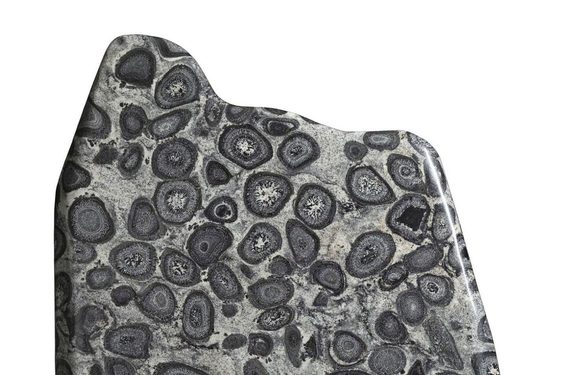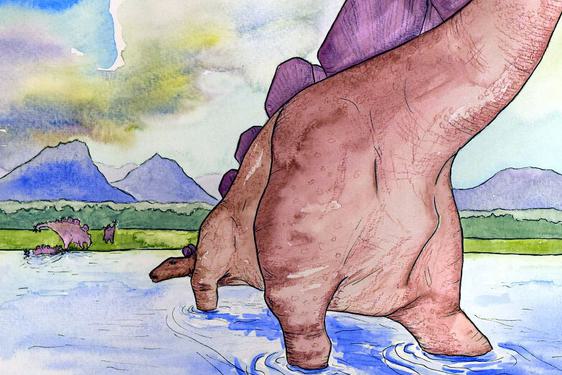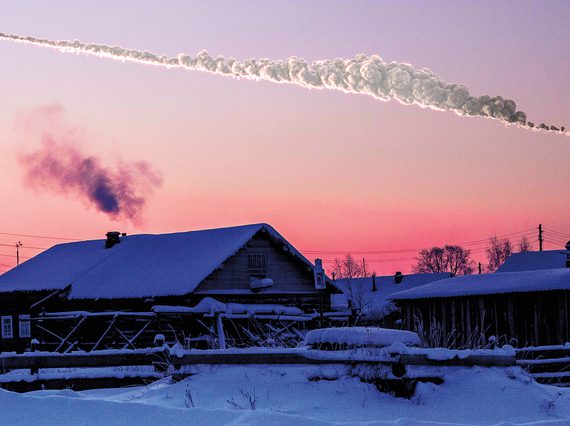
Falling to earth: The Chelyabinsk Meteorite
News Story
On 15 February 2013, a large meteor was speeding towards earth. Measuring almost 20 metres and weighing 14,000 tonnes, it entered the earth’s atmosphere over Siberia, Russia.
The meteor was traveling at 68,000 kilometres per hour. The explosion took place over the snow covered city of Chelyabinsk in Russia, near the border with Kazakhstan.
The impact of this meteorite caused destruction around the city. The shock wave was powerful enough to injure around 1,500 people. It shattered more than 3,600 windows in apartments and commercial buildings. The damage to the city was estimated at 1 billion Rubles (£11 million).
Falling meteors
The meteor exploded when the heat caused by friction created huge pressures internally. The explosion created a huge cloud of dust and gas. A massive shock wave followed and a huge amount of meteor fragments fell. The shock wave generated was so powerful, it travelled twice around the world. For a moment, the light from the fireball shone brighter than the sun. Some witnesses also reported feeling intense heat as it fell.
While still in space, we call these rocks meteoroids. When meteoroids enter a planet’s atmosphere at high speed, they burn up and give off light – this is what we call a meteor. Any meteors or fragments of meteors that survive the passage through the atmosphere and land on the ground are called meteorites. Meteorites often have a dark coloured crust, called a fusion crust, caused by melting of the surface due to the intense friction heating as they speed through the atmosphere.
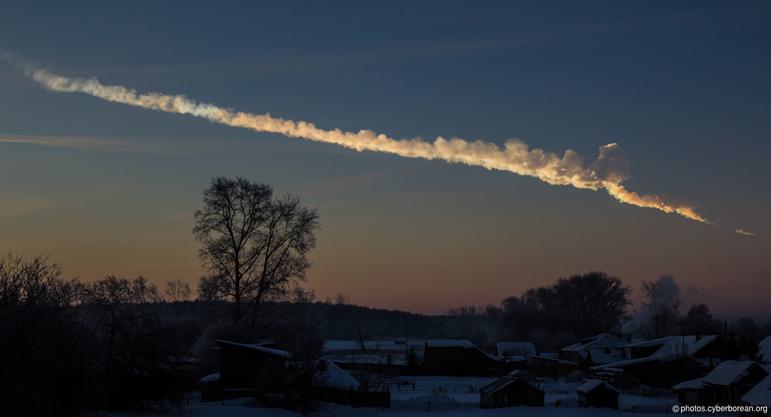
Thousands of meteorites fall on Earth every year, but most are very small, and most of them land in the ocean. The 2013 Chelyabinsk Meteorite was the most dramatic near-Earth airburst since the 1908 Tunguska impact blast in Siberia.
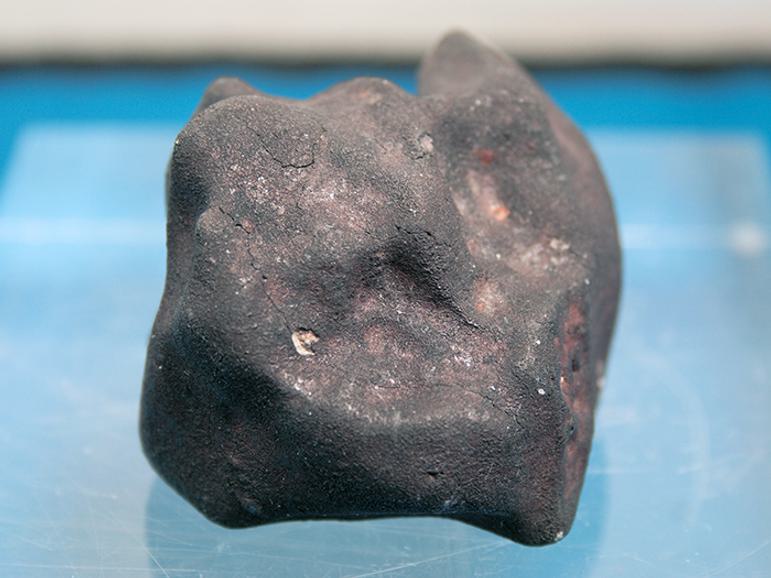
Fortunately, National Museums Scotland acquired a fragment of the meteorite from Anne Black of Denver, Colorado. The fragment is almost entirely covered in black matt fusion crust with only a tiny chip to reveal the underlying stone. Thanks to this acquisition, we are able to preserve a piece of meteorological history.
